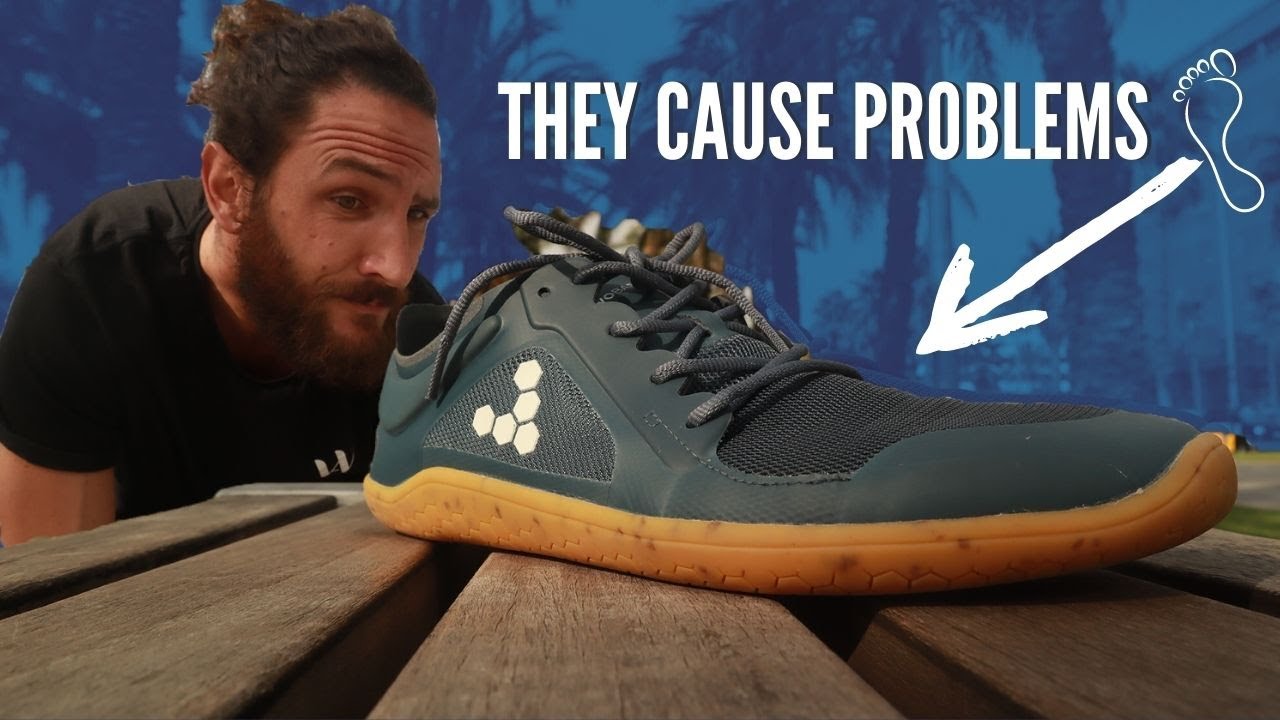Clubfoot: Clinical Nursing Care
Summary
TLDRClub foot, or talipes equinovarus, is a congenital deformity affecting the ankle and foot, with causes ranging from idiopathic to syndromic or positional. The condition involves bone deformities and soft tissue contractures, characterized by the acronym CAVE: cavus, adduction with supination, varus, and equinus. Diagnosis is typically made at birth, with treatment beginning in the first weeks of life using manipulation, serial casting, and bracing. Nursing care focuses on maintaining neurovascular integrity and skin integrity, with family education emphasizing cast care and the importance of follow-up to prevent relapse.
Takeaways
- 👣 Club foot, or talipes equinovarus, is a congenital deformity affecting the ankle and foot, impacting stability and locomotion.
- 🦿 The newborn's foot has three regions: hindfoot, midfoot, and forefoot, each with specific bones contributing to its structure.
- 🤔 The exact cause of club foot is unknown, but it can be idiopathic, syndromic, or positional, with various contributing factors.
- 🔬 The pathology of club foot includes bone deformities and soft tissue contractures, characterized by the acronym CAVE: Cavis, Adduction, Varus, and Equinus.
- 👶 Diagnosis can be made prenatally through ultrasound or postnatally during physical assessment, with severity scored using the Pirani system.
- 🛠️ Treatment aims for a functional, pain-free foot and typically begins with non-surgical methods like manipulation and serial casting.
- 🩳 After casting, bracing and corrective shoes are used to maintain the correction and prevent relapse of club foot.
- 🏥 Nursing care priorities include maintaining neurovascular integrity, skin integrity, and providing routine post-operative care.
- 👨⚕️ Client and family teaching is crucial, focusing on cast care, recognizing complications, and understanding the long-term need for bracing.
- 🔁 Club foot requires ongoing management, with the possibility of relapse even after correction, necessitating long-term follow-up and brace use.
Q & A
What is club foot?
-Club foot, also known as talipes or equinovarus, is a complex congenital deformity involving the ankle and foot.
Why is the foot important for newborns?
-The foot is essential for stability, locomotion, balance, and the development of motor skills, making it important that its structures are well-developed.
What are the three regions of the newborn foot?
-The three regions of the newborn foot are the hindfoot (rear foot), midfoot, and forefoot.
What bones are included in the hindfoot?
-The hindfoot includes two bones: the talus and the calcaneus.
What are the main causes of club foot?
-The main causes of club foot can be classified as idiopathic (isolated anomaly), syndromic (associated with other genetic or anatomic abnormalities), or positional (due to factors like oligohydramnios or uterine environment changes).
What does the acronym CAVE stand for in relation to club foot?
-CAVE stands for Cavus (exaggerated arch), Adduction with supination (forefoot inversion and upward turning), Varus (inversion of the heel and hind foot), and Equinus (plantar flexion of the foot).
How can club foot be diagnosed?
-Club foot can be diagnosed prenatally through fetal ultrasound or at birth during the neonate's physical assessment.
What is the Pirani scoring system used for?
-The Pirani scoring system is used to calculate a score based on six parameters of foot contracture to assess the severity of the deformity.
What is the goal of treatment for club foot?
-The goal of treatment is to achieve a functional, pain-free foot.
What are the initial non-surgical treatment options for club foot?
-Initial non-surgical treatment options include manipulation to stretch ligaments and tendons, followed by serial casting to hold the foot and ankle in the desired position.
What are the nursing care priorities for a child with club foot?
-Priority nursing goals include maintaining neurovascular integrity, maintaining skin integrity, providing routine post-operative care, and elevating and repositioning the child's foot.
What is the importance of bracing and corrective shoes after club foot treatment?
-Bracing and corrective shoes are worn for an extended period of time after treatment to prevent relapse, as club foot tends to relapse even after it's corrected.
What are the key points to teach clients and families about club foot care?
-Key points include understanding the deformity, the treatment plan, the importance of follow-up visits, how to care for the cast, and the necessity of wearing a brace for an extended period post-treatment.
Outlines

This section is available to paid users only. Please upgrade to access this part.
Upgrade NowMindmap

This section is available to paid users only. Please upgrade to access this part.
Upgrade NowKeywords

This section is available to paid users only. Please upgrade to access this part.
Upgrade NowHighlights

This section is available to paid users only. Please upgrade to access this part.
Upgrade NowTranscripts

This section is available to paid users only. Please upgrade to access this part.
Upgrade Now5.0 / 5 (0 votes)





